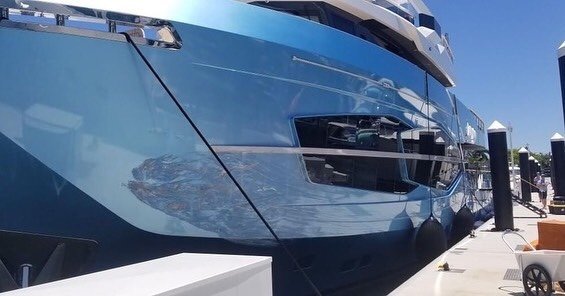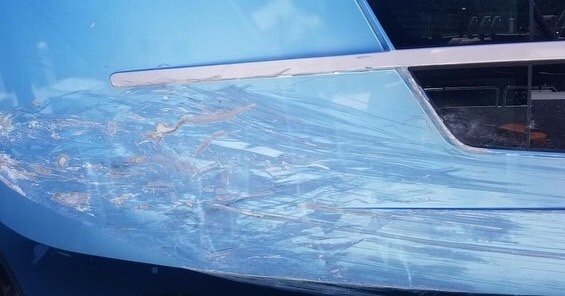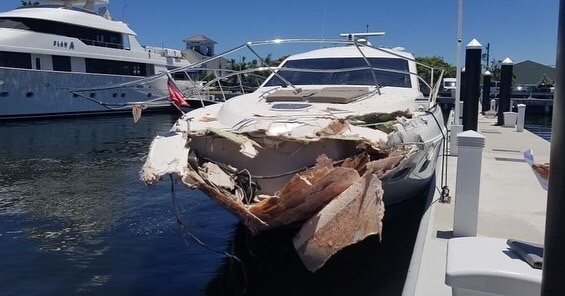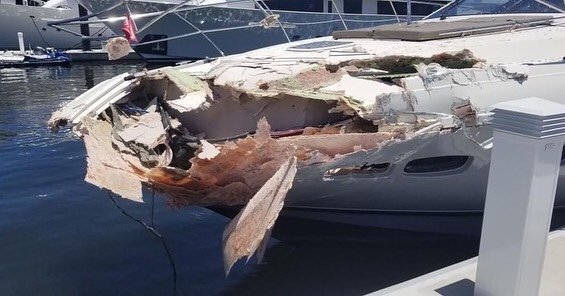bogranjac1
Senior Member
Just wondering about steel boats :
Would a steel boat be more comfortable in regard to climatic conditions in a cold climate such as PNW or in the heat of Florida ?
Obviously one would have heating in PNW and A.C. in Florida, but one of the two climates must be more acceptable.
I know a chap in Innisfail ( very tropical Queensland ) that just could not be in his boat through the summer even with A.C. running - deck was unbearably hot and radiated heat throughout the boat.
On the other hand a steel boat would need 24/7 heating and would there be a river of condensation running down the insides.
Opinions plz as steel boats seem a LOT cheaper.
Would a steel boat be more comfortable in regard to climatic conditions in a cold climate such as PNW or in the heat of Florida ?
Obviously one would have heating in PNW and A.C. in Florida, but one of the two climates must be more acceptable.
I know a chap in Innisfail ( very tropical Queensland ) that just could not be in his boat through the summer even with A.C. running - deck was unbearably hot and radiated heat throughout the boat.
On the other hand a steel boat would need 24/7 heating and would there be a river of condensation running down the insides.
Opinions plz as steel boats seem a LOT cheaper.




